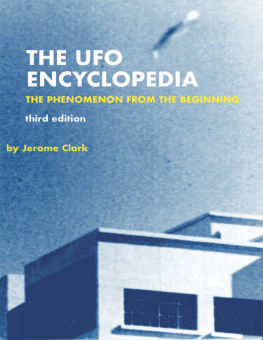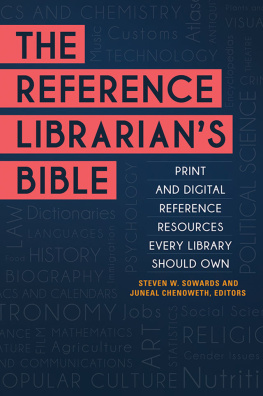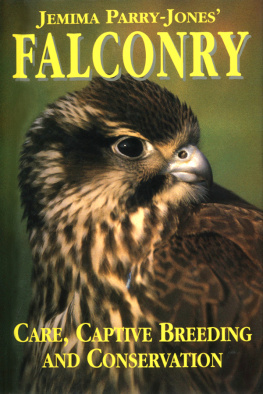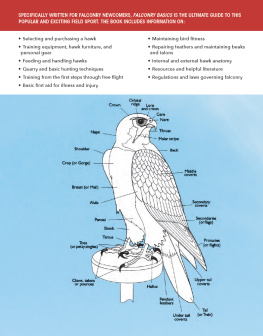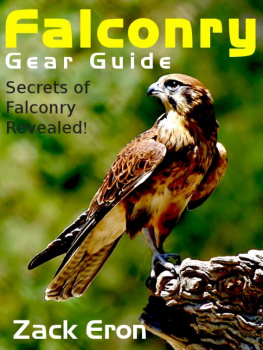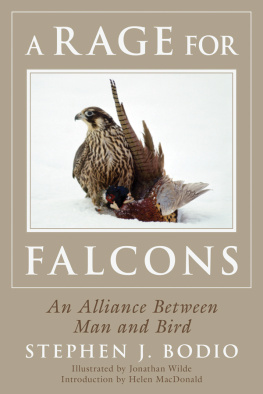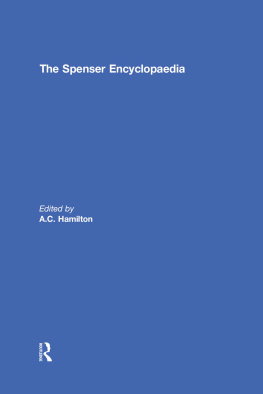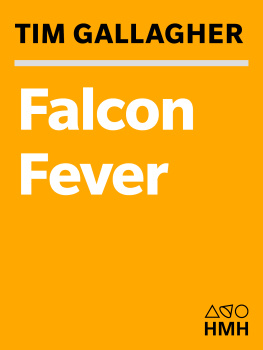Abbreviations Used in the Encyclopedia
adapt. = adaptation of
adj. = adjective, adjectival.
adopt. = adoption of, adopted from.
Brit.Ir. = British-Irish, i.e. from British or Irish source.
C. = century.
c. = circa.
cf. = confer (compare).
chap.hdg = chapter heading.
fl. = flourished.
FR = recommended further reading. A superscript number (e.g. FR65) refers to an entry in Source List and Further Reading.
ft. = footnote.
gl. = glossary.
ibid. = from the same book or passage.
inf. = collected informally (e.g. from the spoken word).
in transl. = in translation (to English).
lay = outside falconry.
MS, MSS = manuscript, manuscripts.
n., ns = noun, nouns.
N.Am. = North America.
obs. = obsolete, or thought to be so.
occ. = occasional.
OED = The Oxford English Dictionary.
qu., qus = quotation, quotations.
sci. = scientific.
unc. = uncommon, in uncommon use.
unv. = unverified as authentic to falconry.
vb, vbs = verb, verbs.
Acknowledgements
Acknowledgements are due to the modern writers who either have granted permission for their words to be quoted in The Encyclopedia of Falconry or have provided invaluable reference by the very fact that their own books have been published. Also, grateful thanks to falconers, authors, scholars and others from home and abroad who were willing to discuss falconry and related matters with me.
I would like to express my appreciation to photographer Ken Taylor for the efforts he has made on the books behalf. I am grateful to Andy Reeve for allowing the hawks in his care to be photographed, and to Sian Goff for setting up shots. I am indebted to Beryl and Ken Yull for allowing me to use photographs they took of some of the hawks I have flown over the years. I was glad to be allowed by the Zoological Society of London to use some of Michael Lysters photographs; thanks to them and to Michael for his personal help. Further thanks are due to: Whipsnade Wild Animal Park for permission to show Michael Ricketts picture of the steppe eagle and myself (back flap); Faris Al-Timimi for giving me language guidance in connection with falconry in the Middle East and for allowing me to reproduce his photographs; Roger Upton for granting permission to quote text from one of his books and reproduce the picture of a hawk van. The portrait of the 4th Earl of Bedford as a boy is reproduced by kind permission of the Marquess of Tavistock and the Trustees of the Bedford Estate. The photograph of James VIs hawking set is reproduced courtesy of The Burrell Collection, Glasgow. The hawking scene used for the endpapers is taken from Book of British Birds ( Readers Digest Assoc. Ltd, 1976).
Definitions, derivations and explanations from the Oxford English Dictionary, 2nd edition, 1989, are reprinted by permission of Oxford University Press. I have also used, with the Publishers knowledge, some extracts from older written works (not necessarily on falconry) which I found in the OED. Copyright material from English Hawking and Hunting in The Boke of St. Albans by Rachel Hands, 1975, is reprinted by permission of Oxford University Press. Words and definitions from Revised Medieval Latin Word-List from British and Irish Sources (R. E. Latham, M.A.) are reprinted by permission of The British Academy. Acknowledgement to HarperCollins Publishers for granting permission for the use of words from The Falcons of the World by Tom J. Cade, and to A. & C. Black (Publishers) Ltd for permission to quote extracts from A Manual of Falconry by M. H. Woodford. Acknowledgement for help and ideas and thanks for permission to use words and images to: Jemima Parry-Jones, MBE; Dr Eirene Williams and Anthony Mavrogordato; Phillip Glasier; Susan M. Thornton, BSc, BVetMed, MRCVS (veterinary consultant); Prof. John E. Cooper, DTVM, FRCPath, FIBiol, FRCVS; Sally Mackenzie; John Cummins; Stanford University Press, California; the British Library; Bedfordshire Libraries (and Ruth Lambert, Library Manager, Dunstable); the British Museum; the Victoria and Albert Museum (and Andrew Spira); the Department of the Environment; the Poetry Society (London); Mr J. S. Lofthouse of Lofthouse Publications, Pontefract (copyright-holder Falconry by Gilbert Blaine); my sister Karen Beggs of Kee-Two Wildlife Rehabilitation Centre in British Columbia. In instances where no acknowledgements are given for the use of words or images, reasonable efforts have been made to trace copyright-holders.
My wife, Linda Walker, is owed special thanks for too many things to list.
APPENDIX
Diseases and Ailments
I t is not surprising that, before the era of modern veterinary medicine, falconers were much preoccupied with preserving the good health of their hawks and with ways of treating illness. In many old treatises, Western and Eastern, considerable space is devoted to methods of treating sick hawks, which from a modern perspective may often appear utterly bizarre or kill or cure. It is of course impossible to know in how many cases patients recovered from illness as a result of treatment; but it can be said with some certainty that, for whatever reasons, large numbers of hawks met an untimely end.
This section restricts itself to long-recognized ailments with traditional names and some associated terms occurring in English-language texts. With those old terms which have survived into contemporary use, the definite article, once frequently present (in such as the blain), is obsolete.
AGGRESTEYNE (obs.) Perhaps a kind of irritation of the skin in a hawk which induces self-mutilation. Berners (14865) notes:
Whan ye se yowre hawke hurte his fete with his Beke. and pullyth her tayll. then she hath the aggresteyne.
*This means pull out her tail-feathers.
AGRUM (obs.) (Cf. agrom = an affliction of the human tongue.) In Berners (14865), there is
A medecyne for the Reume clepid [called] Agrum.
This line (ibid.) describes the symptoms:
When thou seeth thy hauke uppon his mouth and his chekis blobbed. then she hath thys sekenes calde Agrum..
*Apparently swollen or affected by swellings. The remedy here is to cauterize the nares (nostrils) with a hot needle.
ANGUILLE (obs.); ANGUELLE (obs.) (From Latin anguilla = an eel. Cf. Medieval Latin (Brit.Ir.48) anguillula = little worm.) A worm which infests hawks.
... Wormys called anguilles ... = c.145010.
In Berners (14865), there is
A medecyne for wormys called anguellis.
APOPLEXY See FIT (below).
ARTETIKE (obs.) An unidentified condition in hawks. Berners (14865) notes the symptom thus:
When ye se yowre hawke fat abowte the hert trust it for trouth she hath the artetike.
Note: OED has artetik as an obsolete form of arthritic (Old French artetique).
ASMA See PANTAS (below).
BACK-WORM See FILANDERS (below).
BLAIN (Blain (lay) = blister.) A condition in the wings of captive hawks, long known to falconers and historically difficult to treat and cure. It appears as a fluid-filled blister at the wrist (the outer major joint or carpus). The first outward signs may be a drooping wing and damp feathers round the joint caused by the blister weeping. The cause is uncertain, although repeated striking of the wing on some hard object while bating has been suggested.
BLOW FOR LICE See c.1575 quo in PEPPER (below).
BOTCHES (obs.); BOOCHES (obs.) (Berners (14865) has both spellings.) Abscesses, swellings, etc. Berners (14865) has a treatment
For booches that growe in an hawkis Jowe [jaw]. This involves initially cutting them and letting out the matter.


